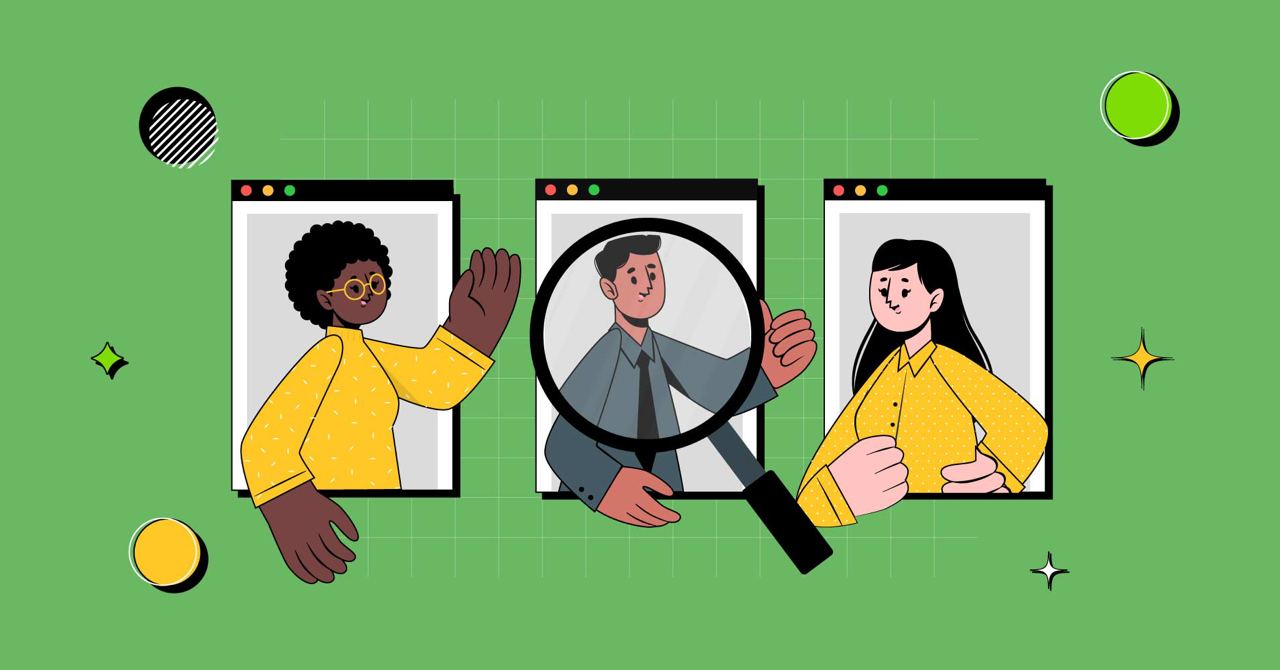
Understanding 17 Most Crucial Types of Customer Needs
Without understanding customer needs your business is going nowhere! Yet, many companies ignore this critical component and focus on chasing trends.
They’re trying to keep up with the competitors, and drooling over shiny new products. But the real secret to success and longevity is right under their nose – their customers!
By understanding and satisfying customer needs, you can supercharge your company’s performance and drive straight to the top. So, whether you’re a new entrepreneur or a seasoned one, it’s time to turn your attention to your customer’s needs.
Here, we’ll dive into the different types of customer needs, how you can identify them, and how to use this information to steer your business in the right direction. Without further ado! Let’s unlock the power of customer satisfaction and drive your brand to success!
Customer needs definition
Simply put, customer needs are the motivations and desires that prompt a customer to make a purchase. It’s the “hunger pang” that leads someone to grab lunch or the need for convenience that drives them to buy online.
Understanding and satisfying these needs is the key to boosting your brand’s performance and achieving success. So, what are some basic types of customer needs?
- A fair price
- A good service
- A good product
- To feel valued
It’s important to note that these needs often work together to drive a customer’s purchasing decision and customer retention. Based on the types of customers you need to take certain actions and design your business.
However, a lot of us might confuse customer needs with customer expectations, but they’re not the same.
The basic difference between customer expectations & customer needs is that needs drive the purchase, and expectations dictate the level of satisfaction a customer will have with the product or service.
Meeting customers’ expectations and customers’ needs can lead to customer loyalty and positive word of mouth. Therefore, it is crucial to understand the difference between both clearly.
Now that you have a basic understanding of customer needs, it’s time to start putting them at the forefront of your business strategies and decisions.
Understand, customers don’t just purchase products, they’re actually “hiring” experts to solve their problems. By identifying and solving their needs, you can not only boost your bottom line but also foster positive relationships with your customers.
17 Types of customer needs
When customers assess a product, they consider it from several angles. These angles often reveal common needs that customers have. So, we’ve come up with the 17 most crucial types of customer needs that you must need to understand.
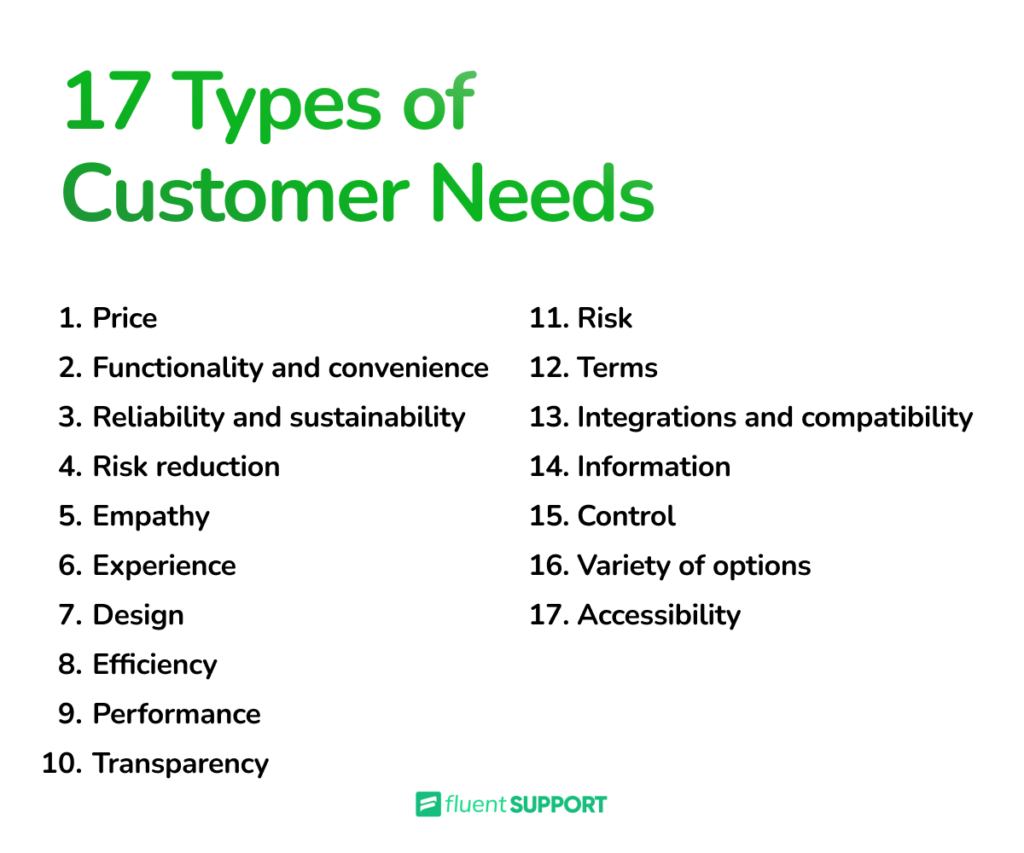
1. Price
When it comes to customer needs, price is a big player in the game. A whopping 60% of customers list price as the most important factor in their purchasing decision.
No matter how good a product may be, if it’s priced higher than competitors or expectations, it’s unlikely to be a hit with customers.
Therefore, businesses tend to offer discounts, promo codes, and bundle deals to sweeten the pot, of course! These extra perks can go a long way in meeting customer needs and keeping them coming back for more.
Another thing to keep in mind is that every customer has their own unique budget. Understanding what your target audience is willing to spend is key to pricing your product just right.
This way, you’ll be meeting their needs while also making more transactions and profit.
2. Functionality and convenience
Customers need a product or service that functions exactly the way they need it to, to solve their problems or fulfill their desire. But let’s face it, who doesn’t love products that are easy to use, navigate, and work with?
That’s why companies keep improving and upgrading their products to best fit their customer’s needs.
For instance, SmartKarrot’s product adoption feature helps businesses understand how their features are performing and make necessary changes to improve retention.
At the end of the day, customers want products that not only solve their problems but do so in the most convenient and effortless way possible. And, it’s up to companies to listen to these needs and create products that fulfill both functional and convenient requirements.
3. Reliability
Customers want to rely on the products they buy to function as advertised. For example, imagine a customer who’s been using a HelpDesk plugin to manage their customer support. They’ve come to rely on its seamless functionality.
So, for businesses, it’s crucial to invest in the reliability of the product (its seamless functionality, and wide range of features to meet consumers’ needs) and their customer service processes. They need to ensure their customers’ satisfaction and trust.
4. Risk reduction
Customers want to feel secure and confident in their purchases. That is where risk reduction comes in. Companies that take their customers’ concerns seriously and implement transparent policies, free trials, and guarantees show that they value their customers’ trust.
However, it is not just about winning over customers. Risk mitigation has its own benefits for companies. It increases stability, reduces legal liabilities, and protects the company.
5. Empathy
According to Kaizo, “In customer service, empathy is the capacity to affirm a customer’s feelings and indicate that you can understand their frustration or pain — even if the problem was out of your control.”
We all know how it feels when someone truly understands us. That’s what customers want from brands – empathy, and understanding. After all, who doesn’t love a company that cares?
To be more empathetic towards your customers just listen and try to understand, repeat and confirm, use meaningful key phrases, and let them express themselves.
6. Experience
In order to purchase the right product a customer also needs to have the correct experience in the field to decide what to choose and what not to. A product or service that’s too complex or confusing is like a Rubik’s Cube without a solution.
With the right experience, a customer can easily understand the real effectiveness of the product.
7. Design
“Design, they say, is how it works.” It’s a popular saying that rings true in the world of customer needs. After all, who wants to deal with a clunky and confusing product?
A well-designed product can make all the difference for customers. It makes their experience with your brand a pleasant and memorable one.
So, let’s make sure your design is not just pretty to look at, but also easy to use. Because, in the end, we want customers to say, “Wow, that was effortless!”
8. Efficiency
A smooth and streamlined process, from browsing to purchasing, is what customers crave. And, when it comes to customer service, efficient support can mean the difference between a satisfied customer and one who never returns.
From reps who are knowledgeable about your offerings to quick problem resolution, efficient customer service is essential for keeping customers happy. So, make sure to streamline the maze and make customers’ journeys effortless and enjoyable.
9. Performance
If a customer finds that your product or service isn’t performing up to par, they’ll quickly look for alternatives.
High-performing products and services are a must. Whether it’s achieving their goals or making their lives easier, customers want to know that their investment in your product is paying off.
So, it’s crucial to prioritize performance and ensure that your customers are getting the best thing with their buck.
10. Transparency
Being an open book is the way to go! Customers deserve to know what’s going on with the company they’re doing business with. No secrets, no hidden fees, just pure transparency.
By being transparent, customers will trust the brand. Moreover, they will continue to support it. , For that reason, we need to raise the bar on transparency and watch customer loyalty soar!
11. Risk
Even with the best risk management practices in place, risks will still exist. It’s up to the company to navigate these potential pitfalls and keep its customers informed every step of the way.
After all, a little transparency goes a long way in building trust and customer retention.
12. Terms
Terms of Service” – a phrase that often strikes fear into customers’ hearts. But it’s all about finding that perfect match. It simplifies legalities, promotes privacy, and helps avoid GDPR headaches.
It’s a win-win situation where both the customer and the company can enjoy a mutually beneficial relationship.
13. Compatibility & integrations
As we said earlier, customers want a seamless experience with a product or service provided by a company. It includes integrations and compatibility with the products and services they are already using.
14. Information
Businesses need to offer a wealth of educational resources, from how-to videos to in-depth research, to ensure customers are fully equipped to make the most of their purchases. It’s all about giving customers the information they need to succeed.
15. Control
The power of choice is another crucial factor. Customers crave the ability to have control over their experience with a business. From start to finish, and beyond, giving them the power to make returns, adjust subscriptions, and tweak terms, gives them a sense of ease and comfort.
16. Options
As modern customers, we love having the freedom to choose. That’s why offering a variety of options in products, subscriptions, services, communication, and payments is a must for businesses to keep their customers feeling important and valued.
Imagine having to eat the same meal every day for the rest of your life, wouldn’t you crave a little variety? The same goes for your customers. So, if you want to keep them happy, give them a variety of options.
17. Accessibility
Accessing a support team should be as easy as dialing a phone number, or sending an email. We all know how frustrating it can be when a company’s accessibility is as elusive as a unicorn’s.
Companies need to realize that by providing multiple channels of communication, they are not only making their customers feel heard but also increasing their chances of fulfilling customer needs.
What is customer needs analysis?
Customer Needs Analysis is the process of determining what customers require from a product or service. It’s a vital part of product development and branding and uses a means-end approach to understand why customers would choose your product over others.
This approach helps to identify customers’ pain points, requirements, and goals, enabling businesses to create value and tailor their offerings to meet their customers’ needs.
Identifying customer needs
To position your brand effectively and turn one-time buyers into loyal customers, you need to know what they value most. Research has shown that “customer-centric companies are 60% more profitable than those that aren’t.”
And It is not just about providing a solution to their problem. Also, think about their emotional needs too. Understanding what motivates them is key to growing your business.
As Steve Jobs said, “You’ve got to start with the customer experience and work backward to the technology.”
This means understanding their expectations, where they’re coming from, and what obstacles they might encounter. There are a few ways to learn what your customers want: yourself, current customers, non-customers, and former customers.
You can also analyze consumer data to uncover valuable insights.
Ultimately, businesses need to do a customer needs assessment to truly understand what the customer wants. Focusing on what the customer needs will help you create products that speak to their problems.
When your internal teams are united behind your customers’ needs, you can better position your brand in the market and create a more profitable business.
Tips on identifying unmet customer needs
Here are a few tips that you can follow to easily identify your customer needs,
- Use Existing Data/Dark Data Gold Mine: Look for patterns and pain points in customer data to get a better understanding of their needs.
- Solicit Customer Feedback: Conduct surveys and focus groups to gather direct input from customers about their needs.
- Customer Journey Mapping: Visualize the customer journey to understand where customers are coming from and what they’re looking for.
- Input from Service Team: Consult with your service team for insights and to anticipate customer needs.
- Study Competitors: Review your competitors to gain insight into similar customer issues and how to address them.
- Use Customer Effort Score: Evaluate the ease of customers’ interactions with your brand to identify areas for improvement and opportunities to better meet their needs.
How to create a need in the market – Meeting customer needs
Here are some tips for creating a consumer need or demand in the market for your product or service:

Customer needs should be the primary focus of marketing your business
Finally, understanding customer needs is crucial for the success and growth of any business. It should be the primary focus of your business marketing. By developing a customer-centric culture and leveraging customer success tools, companies can gain valuable insights into how customers think and function.
This knowledge can be used to create appropriate products, improve marketing and customer experience, and ultimately lead to better retention and growth.






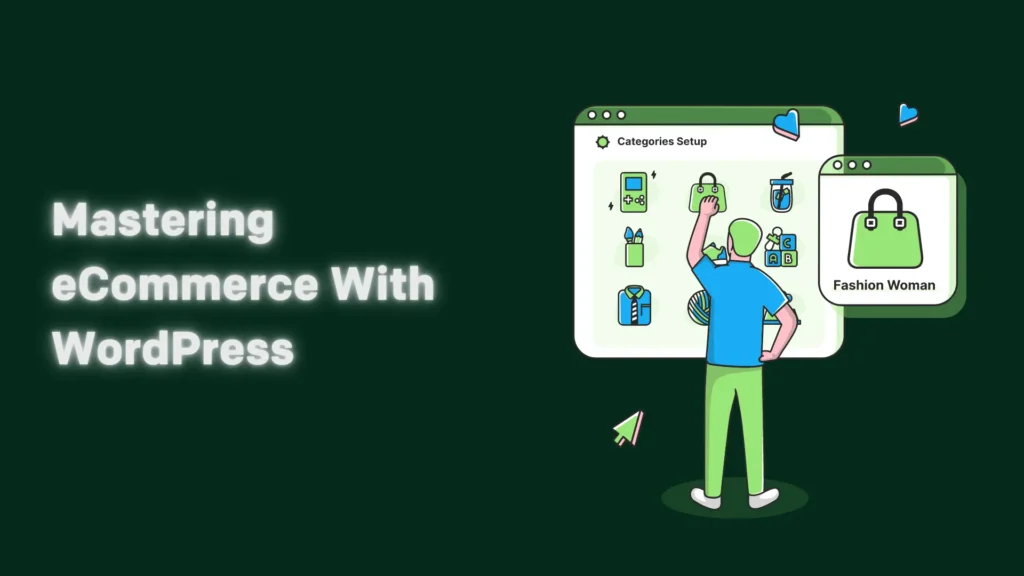

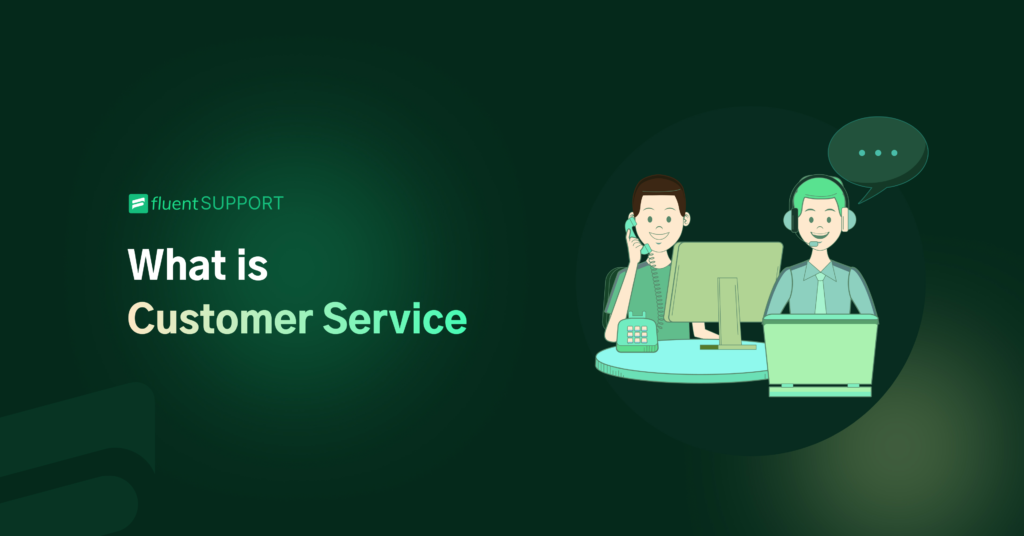
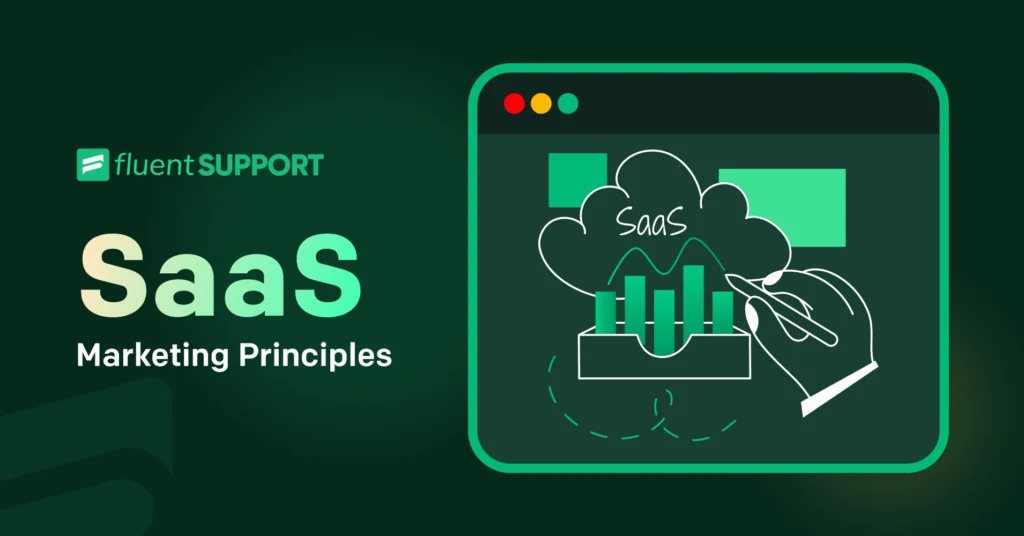

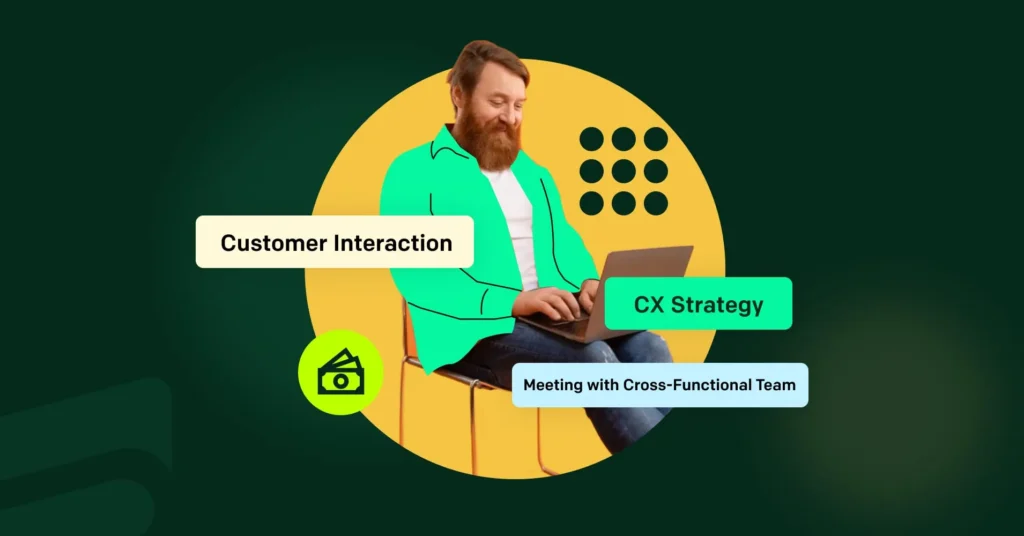
Leave a Reply